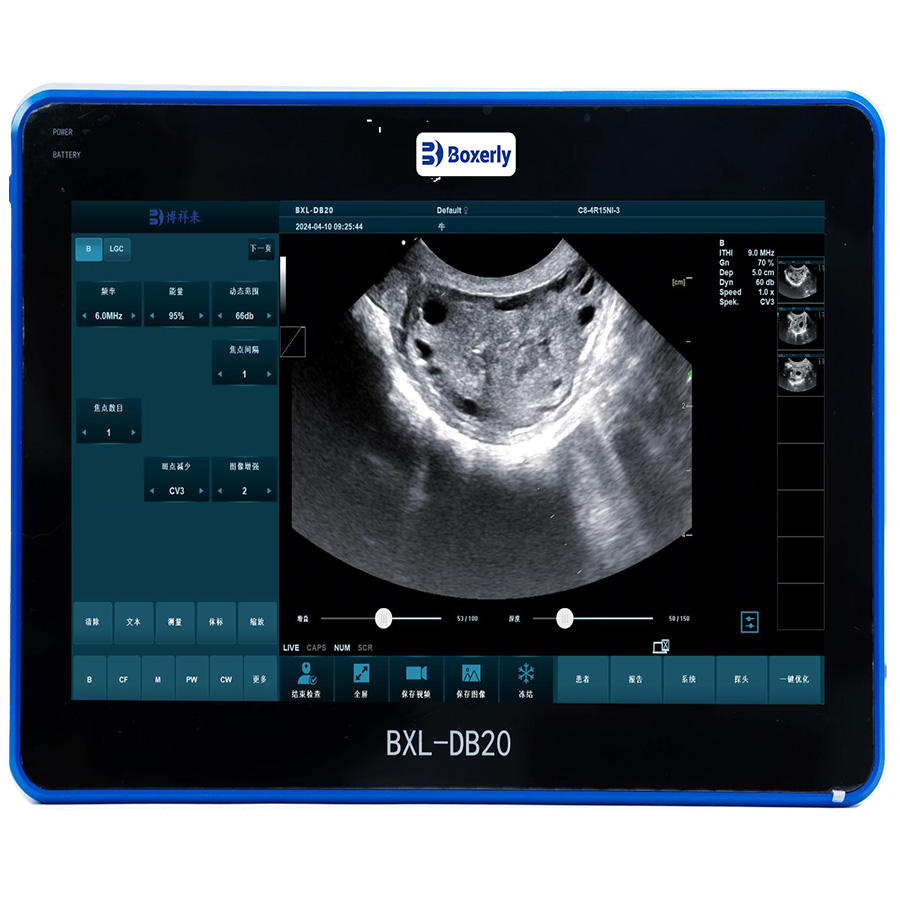In the world of veterinary medicine, the ultrasound scanner has become an indispensable tool for accurate diagnosis and effective treatment planning. This non-invasive imaging technology allows veterinarians to visualize internal organs and tissues in real-time, leading to quicker and more informed decision-making. In this article, we will explore the benefits, features, and applications of ultrasound scanners in veterinary practice.

What is an Ultrasound Scanner?
An ultrasound scanner is a medical device that uses high-frequency sound waves to produce images of the inside of an animal's body. These sound waves are emitted by a transducer, which then captures the echoes that bounce back from tissues. The resulting images can reveal vital information about an animal’s health, including the condition of organs, blood flow, and even the presence of tumors.
Benefits of Ultrasound Scanners in Veterinary Medicine
Non-Invasive Procedure
One of the main advantages of ultrasound scanning is that it is non-invasive, which means it does not require surgery or sedation. This makes it a safer option for animals, especially those that are older or have pre-existing health conditions.Real-Time Imaging
Ultrasound scanners provide real-time images, allowing veterinarians to assess an animal's condition instantly. This immediacy is crucial during emergencies when timely decisions can mean the difference between life and death.Versatility
Ultrasound technology can be used for various applications, including abdominal imaging, cardiac assessments, and reproductive examinations. Its versatility makes it a valuable addition to any veterinary practice.Early Detection of Health Issues
Regular use of ultrasound can lead to the early detection of health issues, such as tumors, cysts, or abnormalities in organ structure. Early diagnosis often results in more effective treatment options and better outcomes for the patient.
Key Features to Consider When Choosing an Ultrasound Scanner
When selecting an ultrasound scanner for veterinary use, consider the following features:
Image Quality
High-resolution imaging is crucial for accurate diagnoses. Look for scanners that offer advanced imaging capabilities, such as Doppler ultrasound, which can assess blood flow.Portability
Depending on your practice, you may need a portable ultrasound scanner that can be easily transported for fieldwork or emergencies.User-Friendly Interface
A scanner with an intuitive interface can significantly enhance workflow and ease of use. This is particularly important in high-pressure situations.Durability
Veterinary practices can be demanding environments. Choose a scanner that is robust and designed to withstand the rigors of daily use.Training and Support
Ensure that the manufacturer offers comprehensive training and support to help you and your staff maximize the use of the ultrasound scanner.
Applications of Ultrasound Scanners in Veterinary Practice
Abdominal Imaging
Ultrasound is commonly used to examine organs like the liver, kidneys, and spleen. It helps in identifying issues such as organ enlargement, fluid accumulation, or tumors.Cardiology
Veterinary cardiology relies on ultrasound to evaluate heart size, function, and blood flow, aiding in the diagnosis of conditions such as cardiomyopathy or congenital heart defects.Reproductive Health
Ultrasound scanners are instrumental in reproductive evaluations, enabling veterinarians to monitor pregnancies, assess fetal health, and diagnose reproductive disorders.Emergency Medicine
In emergency cases, ultrasound can quickly assess internal injuries, bleeding, or other acute conditions, facilitating prompt treatment decisions.
Conclusion
An ultrasound scanner is a vital tool in veterinary medicine, enhancing diagnostic capabilities and improving patient outcomes. With the ability to provide non-invasive, real-time imaging, these devices enable veterinarians to make informed decisions quickly. When choosing an ultrasound scanner, consider factors such as image quality, portability, and user-friendliness to ensure that you invest in a device that meets the needs of your practice. By incorporating ultrasound technology into your veterinary services, you can elevate the standard of care you provide and ultimately contribute to better health for your animal patients.








